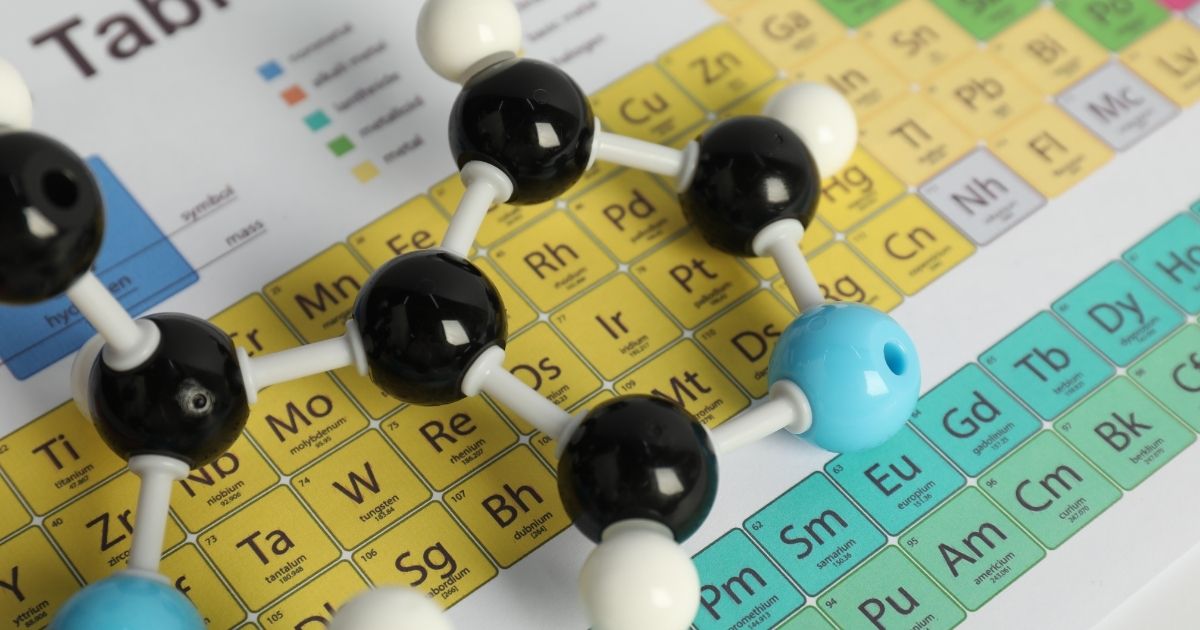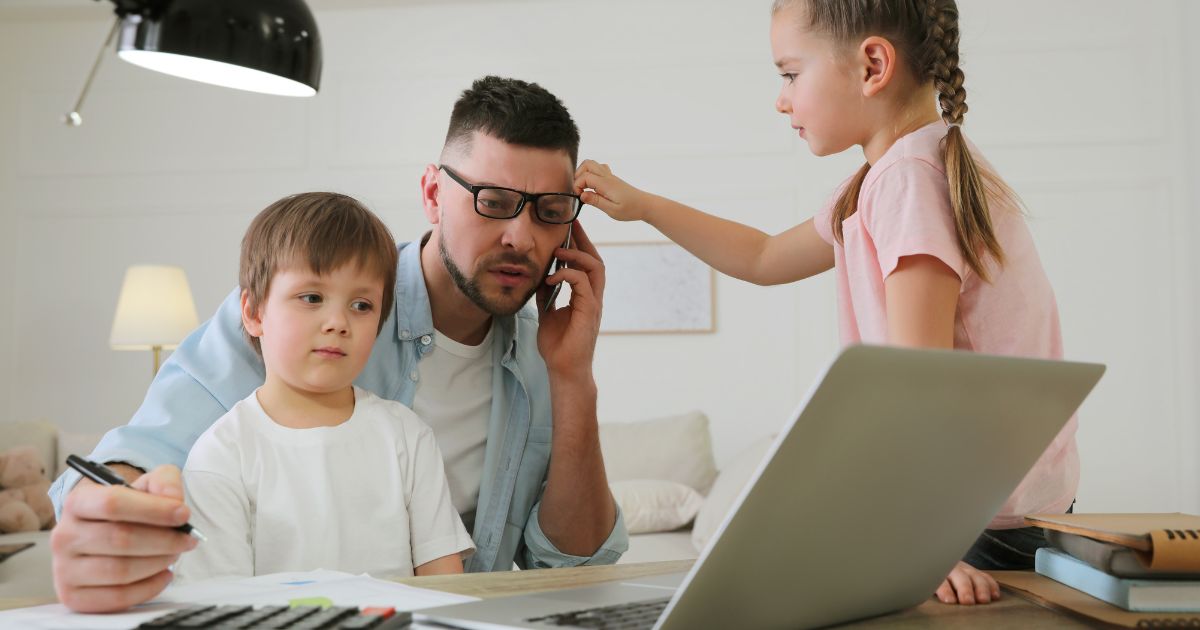Does the mere mention of the periodic table give you flashbacks to high school chemistry class? You might remember staring at that giant chart, feeling a wave of intimidation. If you’re now teaching your own kids, you probably want to make the experience a lot more engaging. The good news is, you can! With a little creativity, you can transform this essential science tool from daunting to delightful. This guide is packed with fun periodic table activities that will help you bring chemistry to life right in your homeschool classroom.
The periodic table isn’t just a random assortment of letters and numbers; it’s the ultimate cheat sheet for understanding the building blocks of the universe. When you’re teaching chemistry to kids, the key is to make it tangible. Abstract concepts become clear when children can see, touch, and interact with them. By turning lessons into games and experiments, you’re not just teaching them to memorize elements; you’re showing them how science works in the world around them.
This approach helps build a strong foundation. Kids who enjoy their early exposure to complex topics are more likely to stay curious and confident as they advance. These activities are designed to be accessible, using common household items whenever possible. Let’s get ready to turn your kitchen into a laboratory and make some science magic happen!
Fun Periodic Table Activities Using Games
One of the best ways to get kids excited about learning is to turn it into a game. Competition and play make memorization feel less like a chore and more like a challenge. Here are a few ideas to get you started.
Element Bingo:
- Create Bingo cards with element symbols in the squares instead of numbers.
- Call out the element’s name, atomic number, or a fun fact about it (e.g., “This element is what makes bananas radioactive… Potassium!”).
- The first one to get five in a row wins a small prize. This is a great way to practice quick recall.
2. Periodic Table Battleship:
- Print out two copies of the periodic table for each player. Just like the classic game, one is for tracking your “ships,” and the other is for guessing your opponent’s.
- Players secretly circle groups of two, three, four, and five adjacent elements to represent their ships.
- They take turns calling out coordinates (element symbols) like “H” for Hydrogen or “Fe” for Iron. A hit is a “hit,” and a miss is a “miss.”
- The first to “sink” all of their opponent’s element ships wins!
3. Element Scavenger Hunt:
- Make a list of elements that can be found in common household items.
- For example: Aluminum (foil), Carbon (pencil lead), Sodium (salt), and Iron (cast iron pan).
- Have your kids go on a scavenger hunt to find items containing these elements. It’s a fantastic way to show them that chemistry is all around them, not just in a textbook.

Building Your Own Periodic Table
Creating a physical, three-dimensional periodic table can make the elements much more memorable. When kids build something with their own hands, they develop a stronger connection to the information. This project can be as simple or as elaborate as you want, depending on your child’s age and interest level.
Start by gathering your materials. You could use building blocks like LEGOs, wooden cubes, or even painted rocks. Assign a different color to each element group (like alkali metals, noble gases, halogens, etc.). This visual grouping helps children intuitively understand that elements in the same column share similar properties. For each block, have your child write the element’s symbol, name, and atomic number.
As they build the table, they will physically place each element in its correct spot. This hands-on process reinforces the table’s structure. You can talk about why certain elements are placed where they are. For instance, explain that the atomic number increases as you move from left to right. This isn’t just a craft project; it’s an interactive lesson in atomic structure and elemental properties that they are literally constructing from the ground up.
Edible Elements: A Tasty Lesson
What’s better than learning? Learning with snacks! An edible periodic table is a guaranteed way to capture your kids’ attention. Use a large sheet cake, a grid of brownies, or an array of sugar cookies as your base.
- Cupcake Chemistry: Bake a batch of cupcakes and arrange them in the shape of the periodic table. Use different colored frosting to represent the element groups. On each cupcake, use writing gel or small candies to create the element’s symbol and atomic number.
- Cookie Elements: Give each child a few square or round sugar cookies. Assign them specific elements to decorate. This is a great group activity where each child can take ownership of a few elements before combining them to create the full table.
- Healthy Options: If you want to avoid a sugar rush, use a grid of crackers with different toppings or a veggie tray where you “write” the symbols with dip.
The best part is discussing the elements as you decorate. You could talk about how Sodium (Na) and Chlorine (Cl) come together to make table salt, which they might be using in their recipe. This project makes abstract concepts deliciously concrete.
Science Experiments For Homeschool Chemistry
Simple experiments bring the properties of elements to life. You don’t need a state-of-the-art lab; many impactful demonstrations can be done with household items. These experiments help connect the symbols on the chart to real-world reactions.
1. Exploring Density with Liquids:
- Concept: This experiment demonstrates that different liquids (made of different molecules) have different densities.
- Materials: A tall clear glass, water, vegetable oil, corn syrup, and food coloring.
- Procedure: First, add a few drops of food coloring to the water. Slowly pour the corn syrup into the glass. Next, carefully pour the colored water on top of the syrup. Finally, add the vegetable oil. The liquids will form distinct layers because of their different densities. You can then drop in small objects like a grape or a piece of plastic to see where they settle.
2. Acids and Bases with Cabbage Juice:
- Concept: This shows how indicators change color to identify acids and bases.
- Materials: Red cabbage, hot water, a blender, a strainer, and several clear cups. For testing, use lemon juice (acid), baking soda mixed with water (base), and vinegar (acid).
- Procedure: Chop the red cabbage and blend it with hot water. Strain the liquid to get your purple indicator juice. Pour a small amount into each cup. Add a different substance to each cup and watch the color change! The indicator will turn pink/red with acids and blue/green with bases.
3. Building Molecules:
- Concept: This helps visualize how atoms of different elements combine to form molecules.
- Materials: Gumdrops or marshmallows of different colors, and toothpicks.
- Procedure: Assign an element to each color (e.g., white for Hydrogen, red for Oxygen). Use the toothpicks to connect the “atoms.” You can build a water molecule (H₂O) with two white gumdrops connected to one red one. Or try carbon dioxide (CO₂) with a black “carbon” atom in the middle and two red “oxygen” atoms on either side.
Making Element “Trading Cards”
Another engaging project is creating a set of element trading cards. This activity combines research, writing, and art. Each card can feature a single element and include key information that your child researches. It encourages them to dig deeper than just the symbol and atomic number.
For each card, they should include:
- The element’s name, symbol, and atomic number.
- A drawing of what the element looks like or what it’s used for.
- Key properties, such as its state at room temperature (solid, liquid, gas).
- A list of common uses (e.g., for Helium: balloons, for Neon: signs).
- A “fun fact” they discover during their research.
Once the cards are made, you can use them for various games. Play a round of “Guess the Element” where one person reads clues from the card and others have to guess which element it is. You can also have them sort the cards into their respective groups, like noble gases or alkali metals. This project turns learning into a collectible hobby and provides a great study tool they can be proud of creating.
Keep Exploring And Learning
The periodic table doesn’t have to be a dry, difficult subject. By approaching it with a sense of play and curiosity, you can give your child a lasting appreciation for the wonders of chemistry. The key is to connect the chart on the wall to the world they experience every day. Whether you’re building with blocks, baking cookies, or conducting simple experiments, you are building a foundation of scientific understanding.
For more practical homeschool advice, lesson plans, and resources, be sure to explore more of our blog posts at DKM Homeschool Resource. We are here to help you make your homeschooling journey a success.




